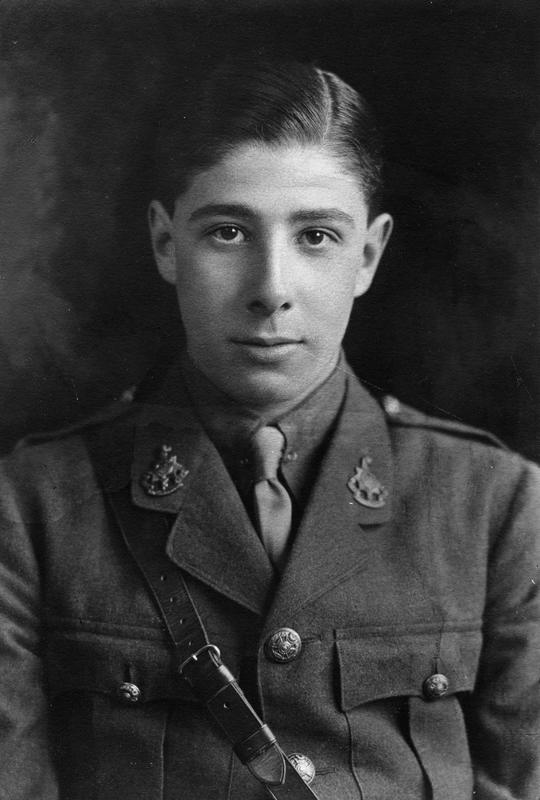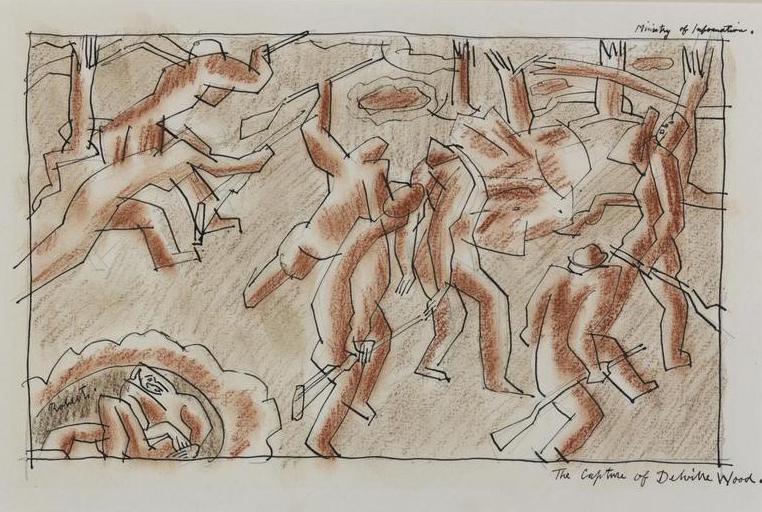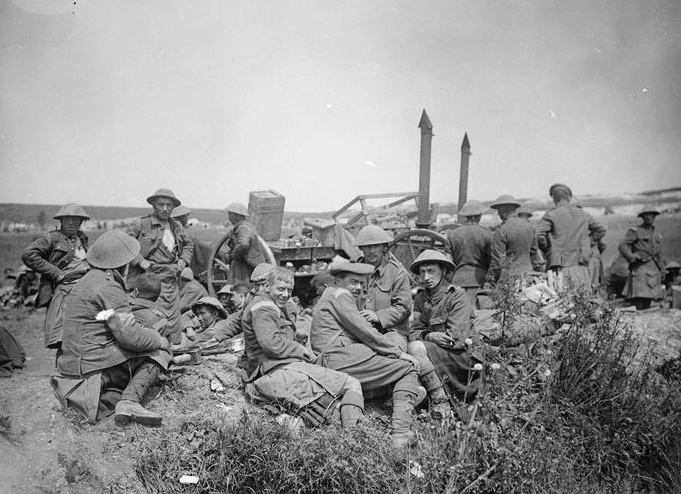Alexander Forbes was born on the 29th March 1894. His parents were Patrick Lewis Forbes, of Hampstead, and Sara Mildred Leckie of Blackheath, Kent. He was admitted as a Homeboarders in January 1909 and threw himself into the sports scene.
The Elizabethan regularly mentions his sporting achievements in Cricket, Shooting and Gym throughout his time at the school. According to the House Notes in February 1912, Alexander was, along with W.M. Frankish (Homeboarders 1907-12), “often to be seen in the Gym disporting themselves with skipping-ropes.” He won the Brinton Medal for Shooting in June 1913 and his athletic career was only interrupted when he contracted scarlet fever in March 1912.
After leaving the school in July 1913, Alexander joined an Anglo-Russian cotton manufacturing company, which enabled him to travel to Russia, which is where he was when he heard the news that war had broken out. He returned to London in and became 2nd Lieutenant in the 10th (Reserve) Battalion the Seaworth Highlanders in November 1914.
The following October, he was promoted to Lieutenant and, undoubtedly due to his shooting experience at school, was attached to the 181st Machine Gun Company. The company joined the 60th 2/2nd London Division and by the 29th June 1916 had gone with them to France.
Alexander had not been at the western front two months when he was wounded in action near Albert. He died the following day — 17th August 1916 — at the age of 22.









